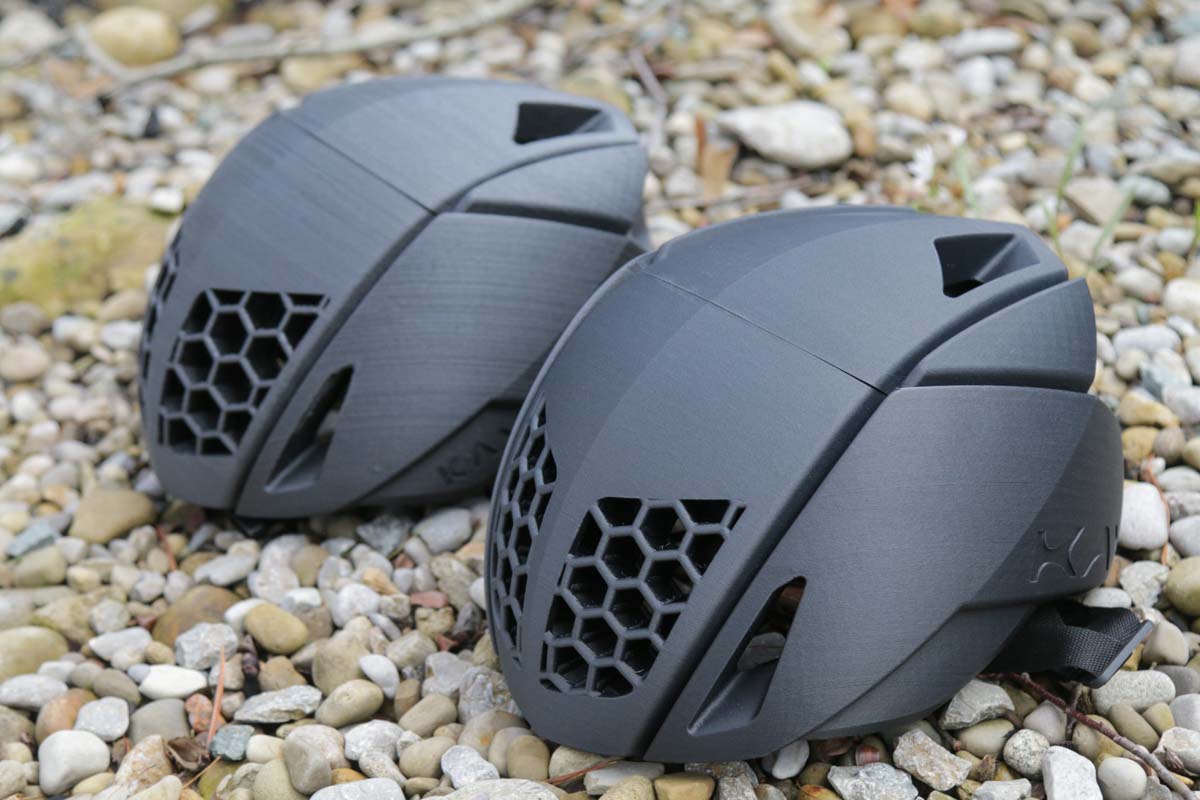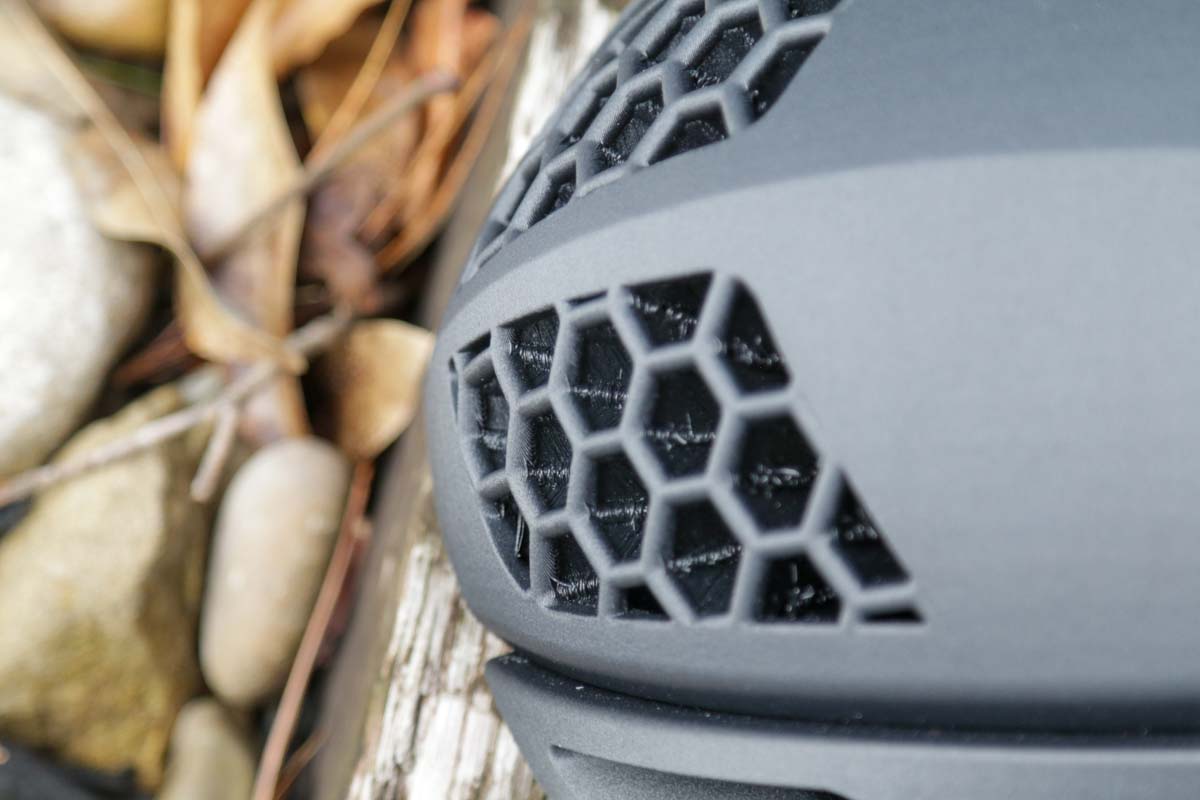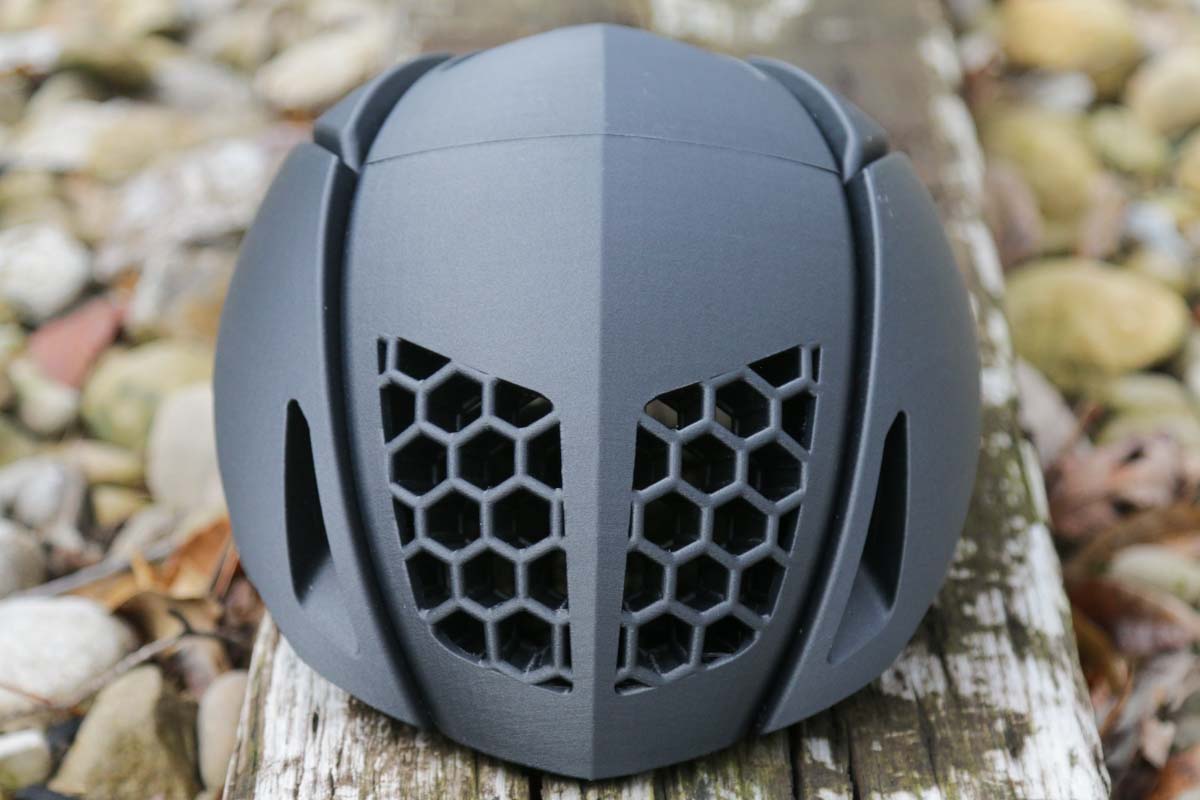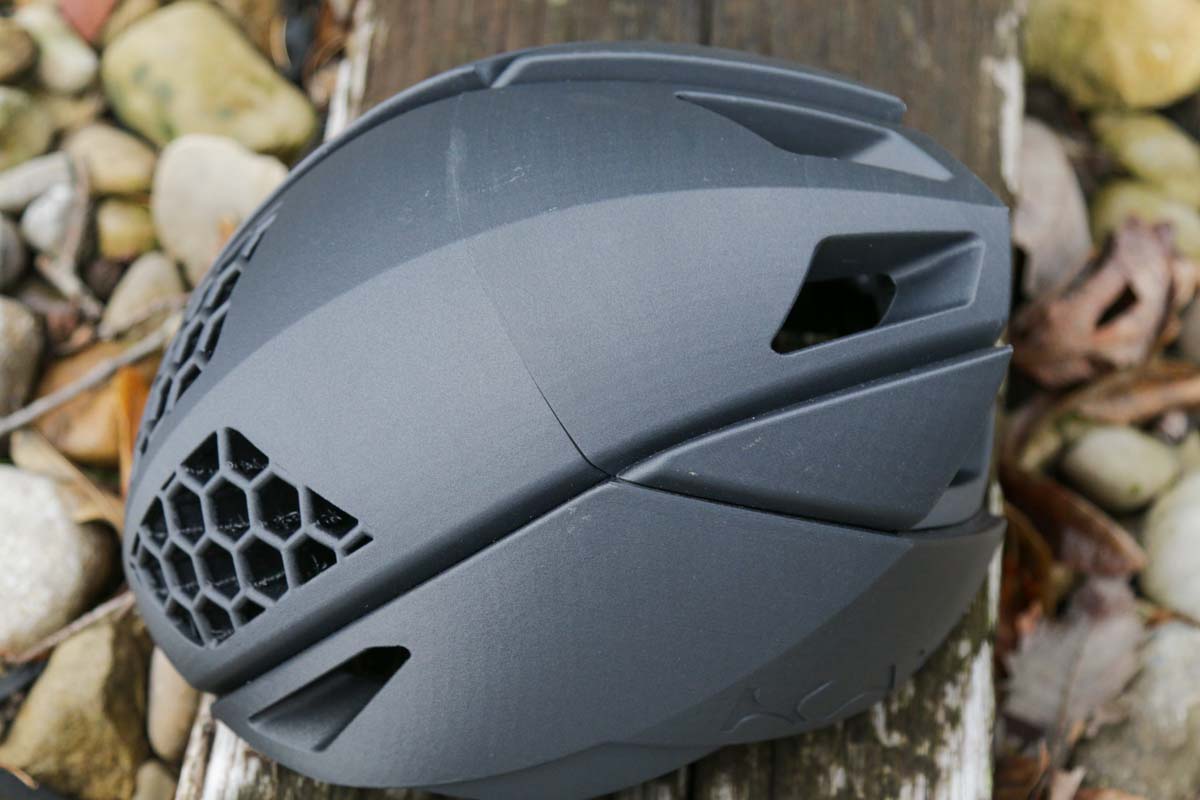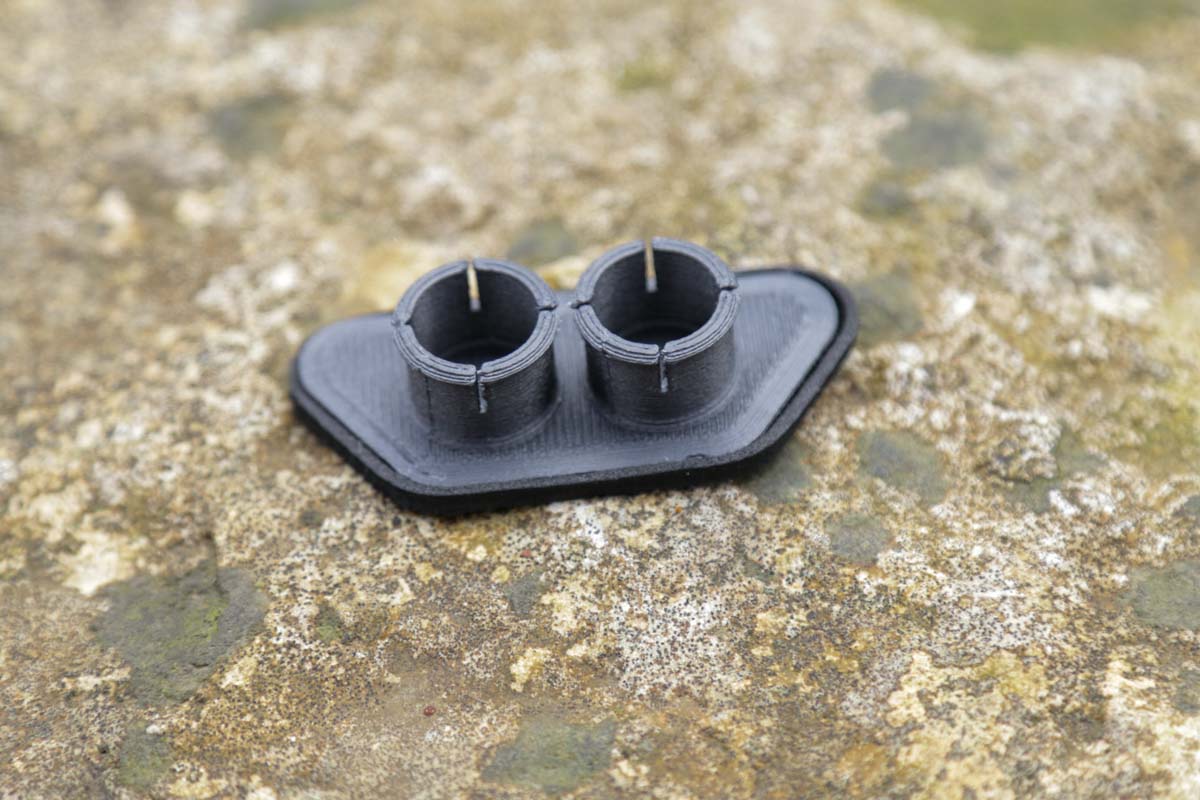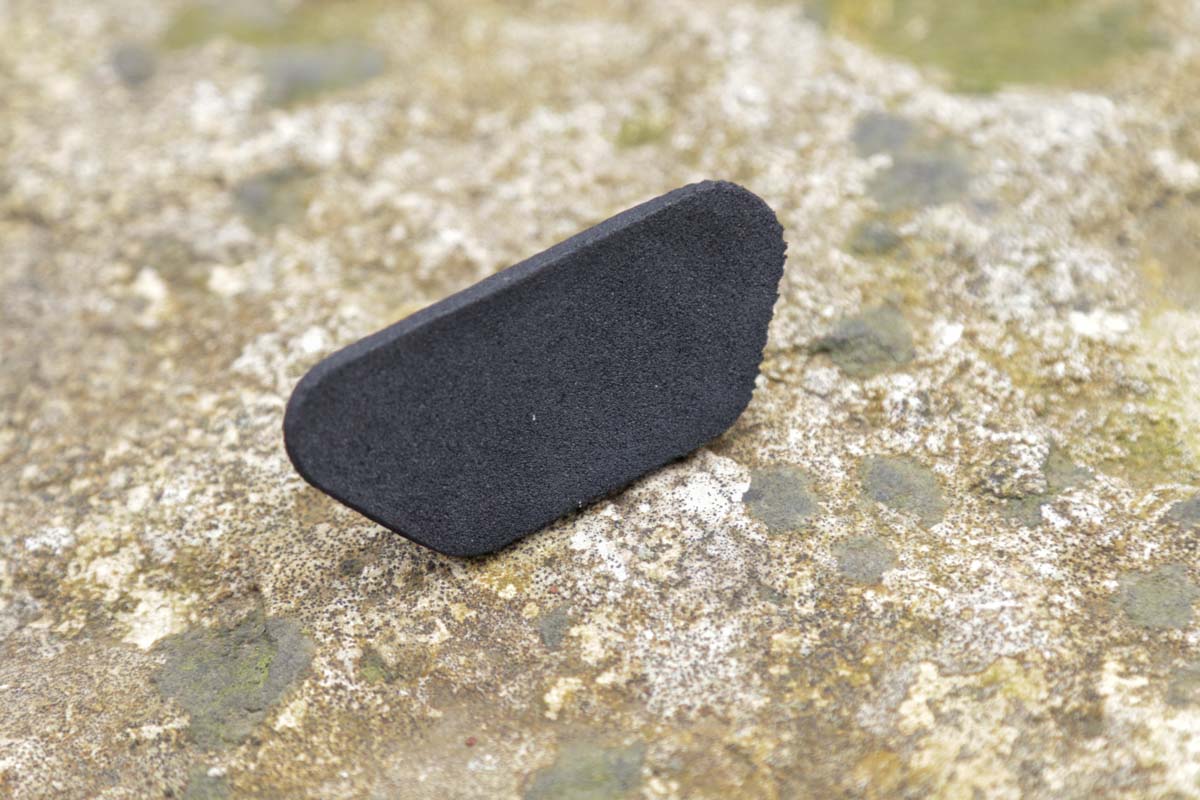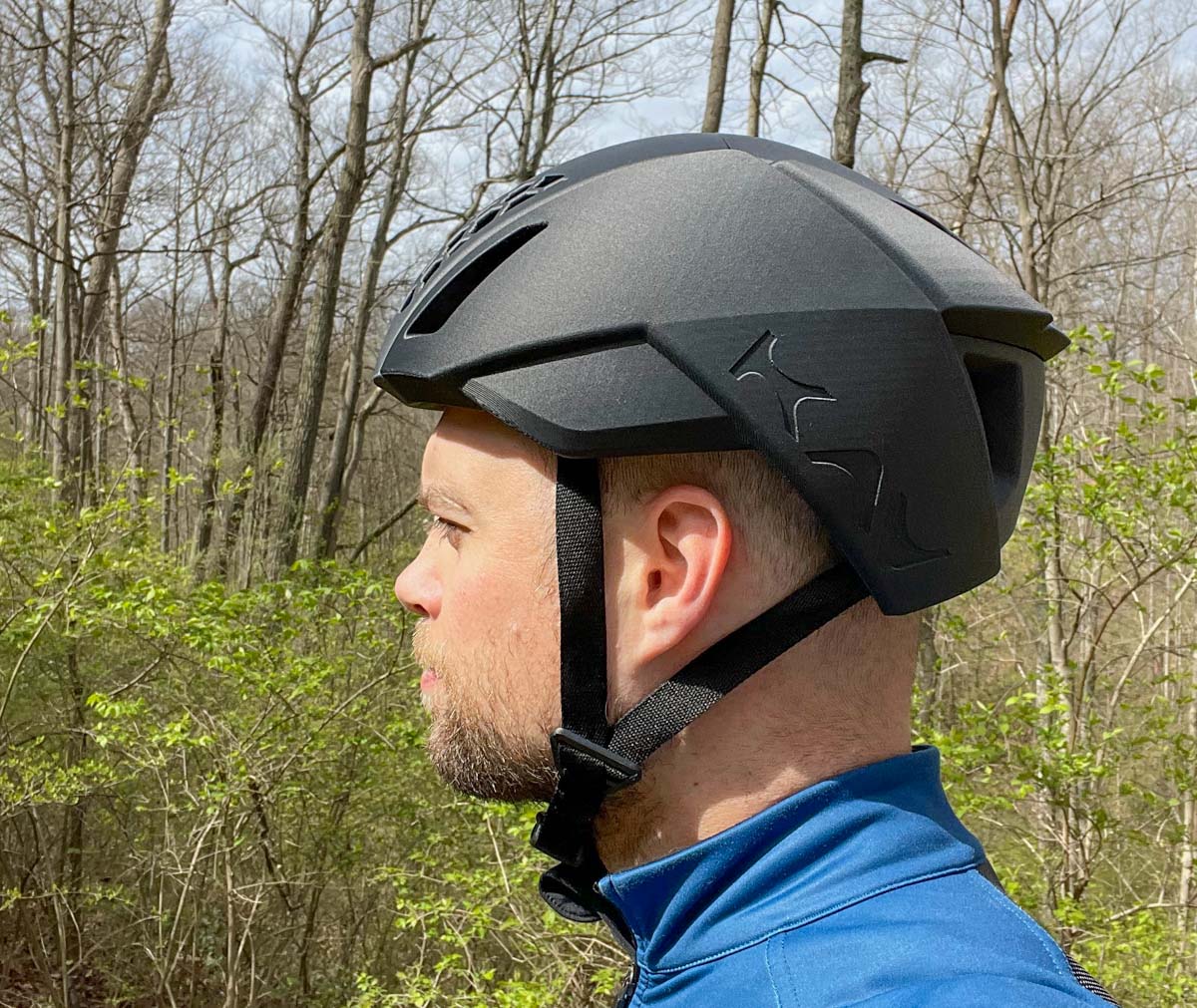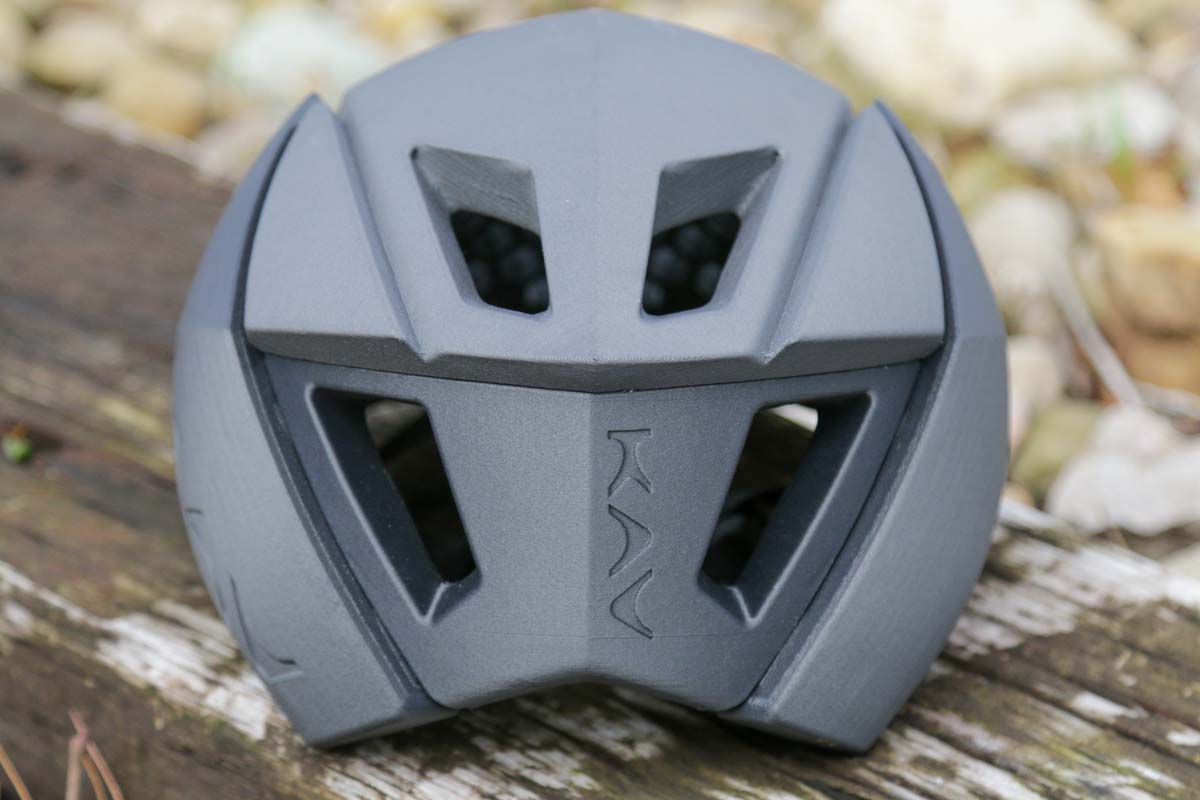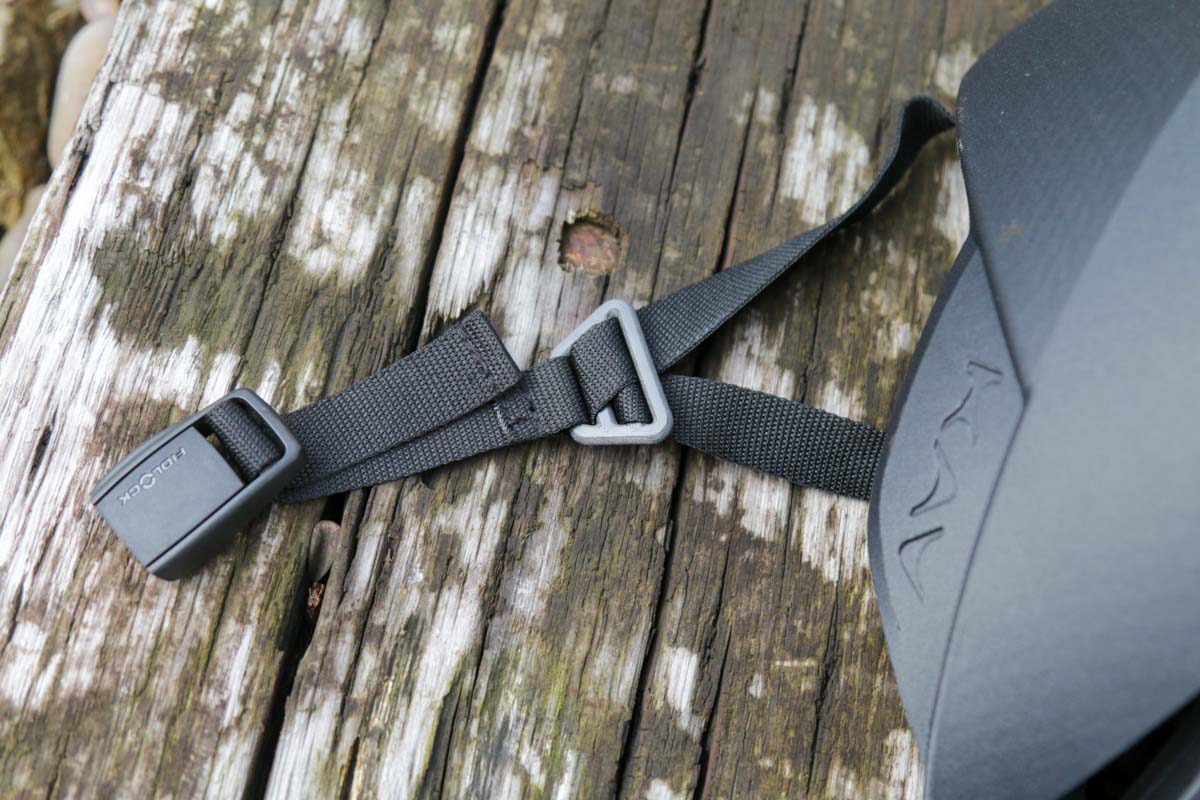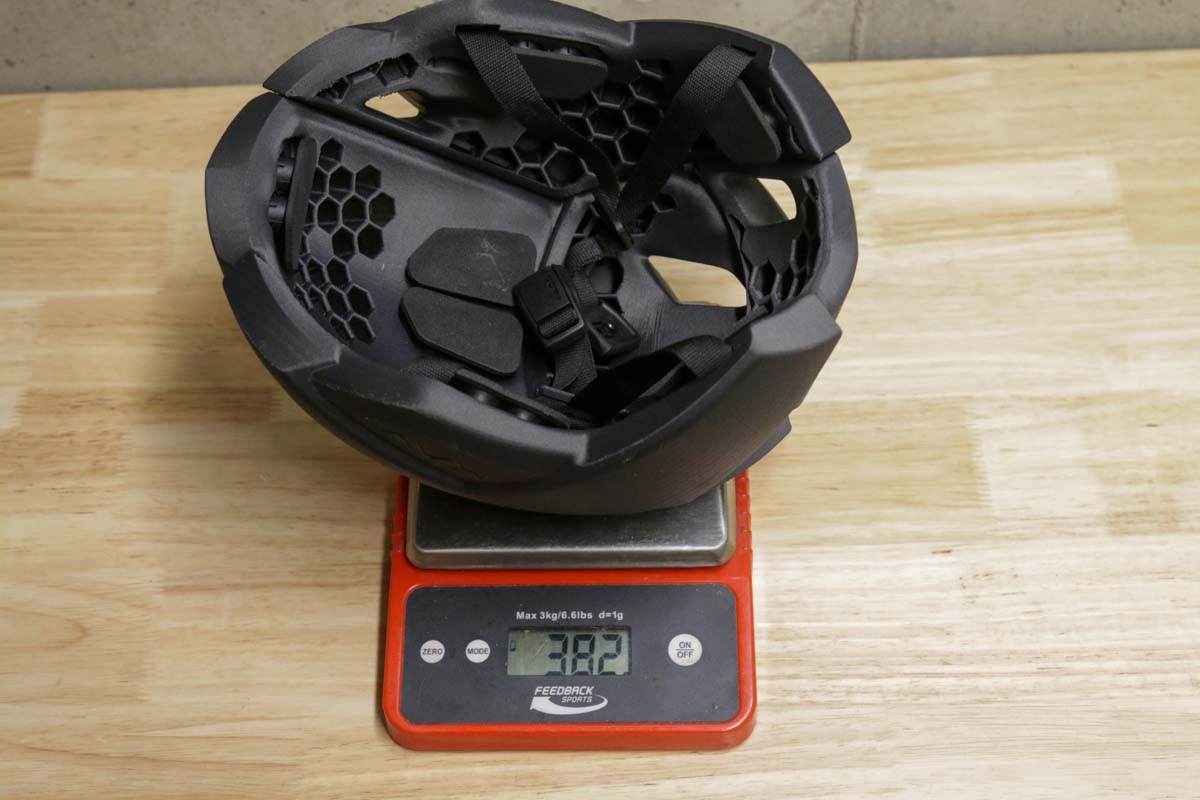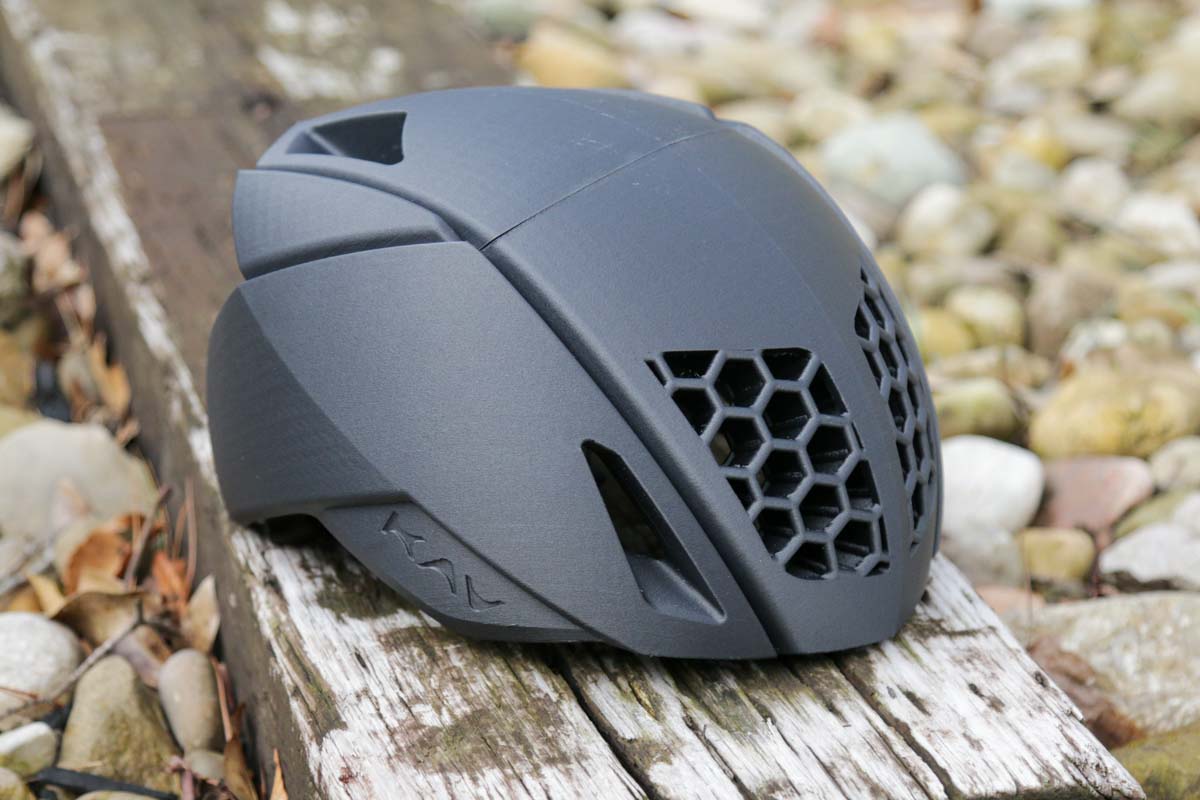Will the future of cycling helmets materialize from a 3D printer? KAV Sports certainly thinks so. With a background in 3D-printed hockey helmets, KAV set its sights on building a cycling helmet using similar technology. At the last Sea Otter in October 2021, KAV invited us to check out an early sample of that helmet. While it was impressive to be measured one day and delivered a custom helmet the next, the helmet was still a bit rough. This is why we were very excited to see the massively updated Portola helmet at this year’s Sea Otter Classic.
Reprint
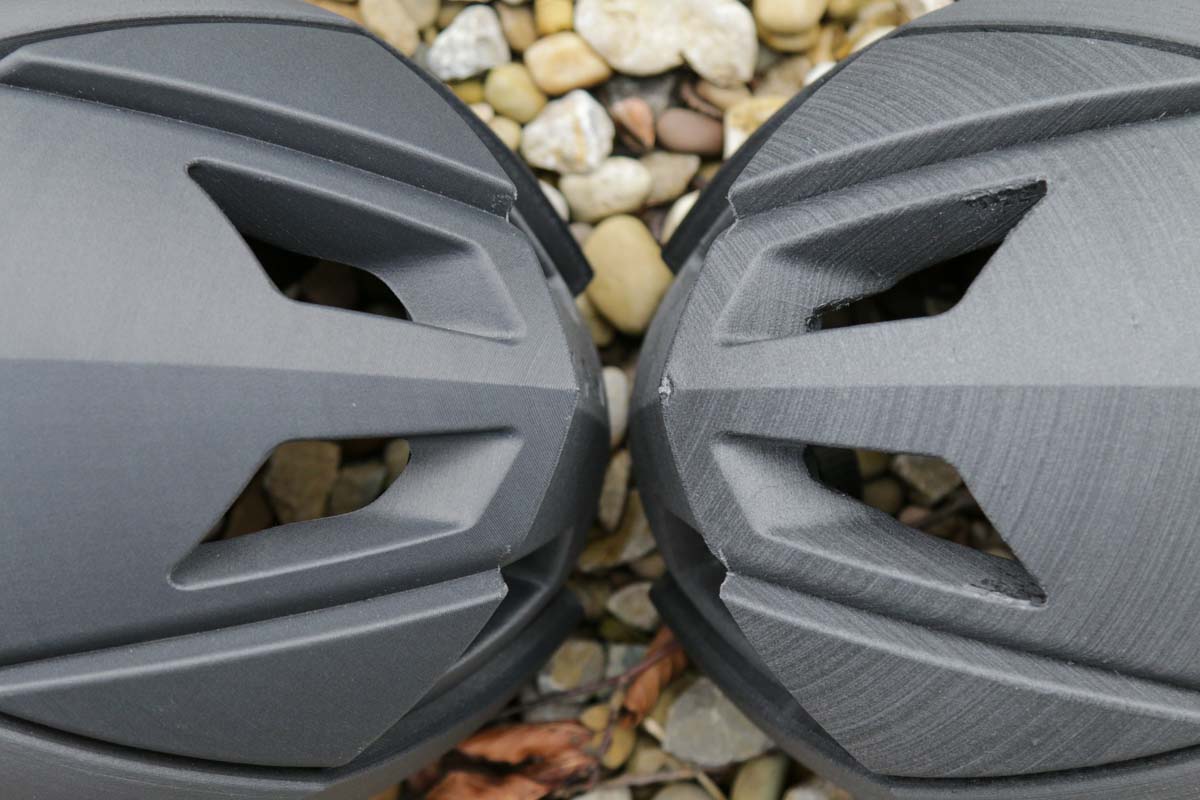
Right away, the newest version of the 3D-printed helmet is noticeably different. Printed with a much finer surface finish, the helmet still has a visible texture, but it’s much smoother than the past version. KAV told me the first version of the helmet I had was version 34. In just over 6 months, they’re now on version 65, which highlights how quickly designs can be revised using 3D printing.
While the main concept of using 3D printing to create an anisotropic honeycomb TPE “hex energy matrix build structure” is the same, KAV has added additional reinforcement to key areas like the tubular cylinders where the joints meet in the front vent. KAV says that this helps the design in higher velocity impacts and allows for a massive vent in the front of the helmet, and overall increased protection values.
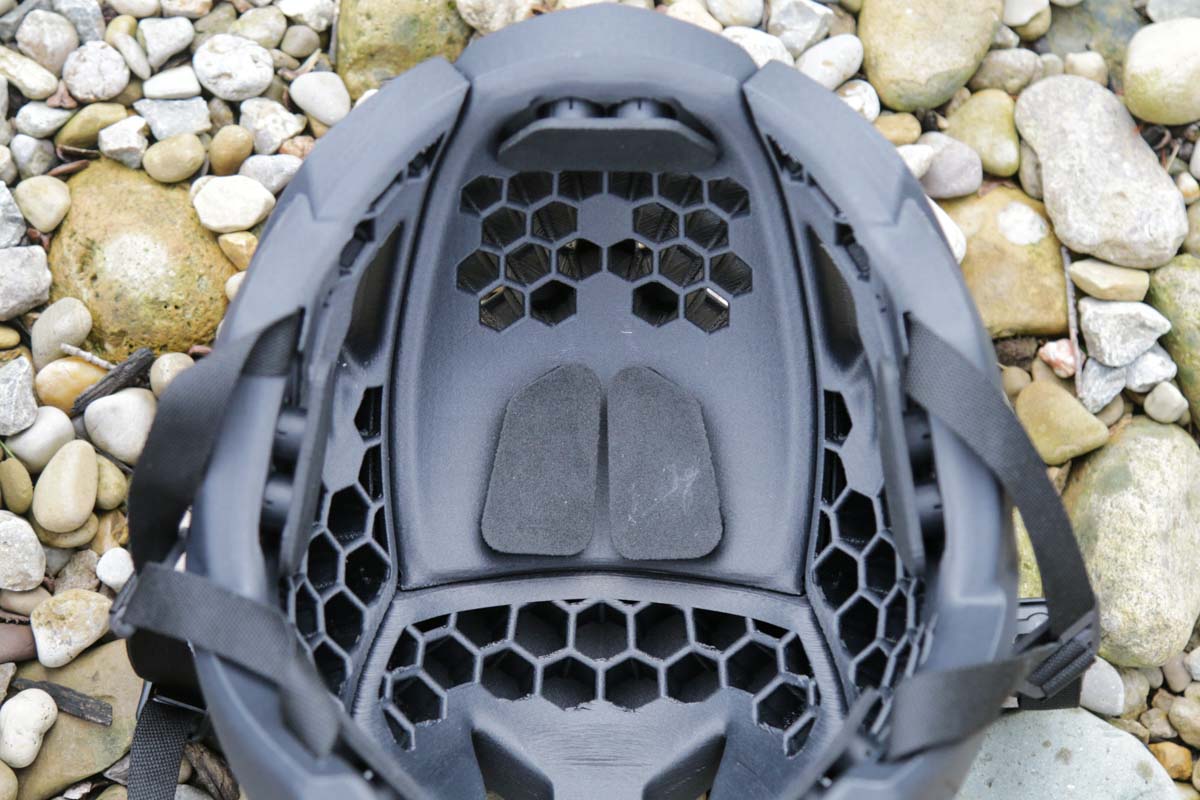
Those protection values are likely one of the biggest questions for potential customers (at least they were for me), to which KAV points to third-party testing with Dynamic Research in Torrence, CA. Through work and testing with Dynamic Research, KAV claims that its helmet exceeds helmet certification standards by 25-50%. That includes a shearing component that is supposedly built into the material which claims to eliminate the need for rotational impact systems such as MIPS. How it compares to other helmets remains to be seen, but it’s something we hope to see tested with the Virginia Tech testing or similar.
Custom Fitting Process
If you want to get fit for a helmet, you can either order a free fit kit from KAV or just order the helmet and they’ll send you a fit kit. Either way, they’ll schedule a custom fit appointment over Zoom where they’ll walk you through the multi-step process of measuring your head for the helmet. While they don’t actually ‘scan’ your head, the measurements seem like they’re able to accurately capture your head shape. It’s unclear if the system would work if you had a large bump or something that would complicate the fitting process, but it seems like that would be addressed in the online consultation.
After your measurements are captured, KAV uses that information to build a custom helmet based on your fit profile. The helmets are printed in five separate pieces in Redwood City, CA, and then glued together with interlocking panels to create the final product.
Much Better Padding
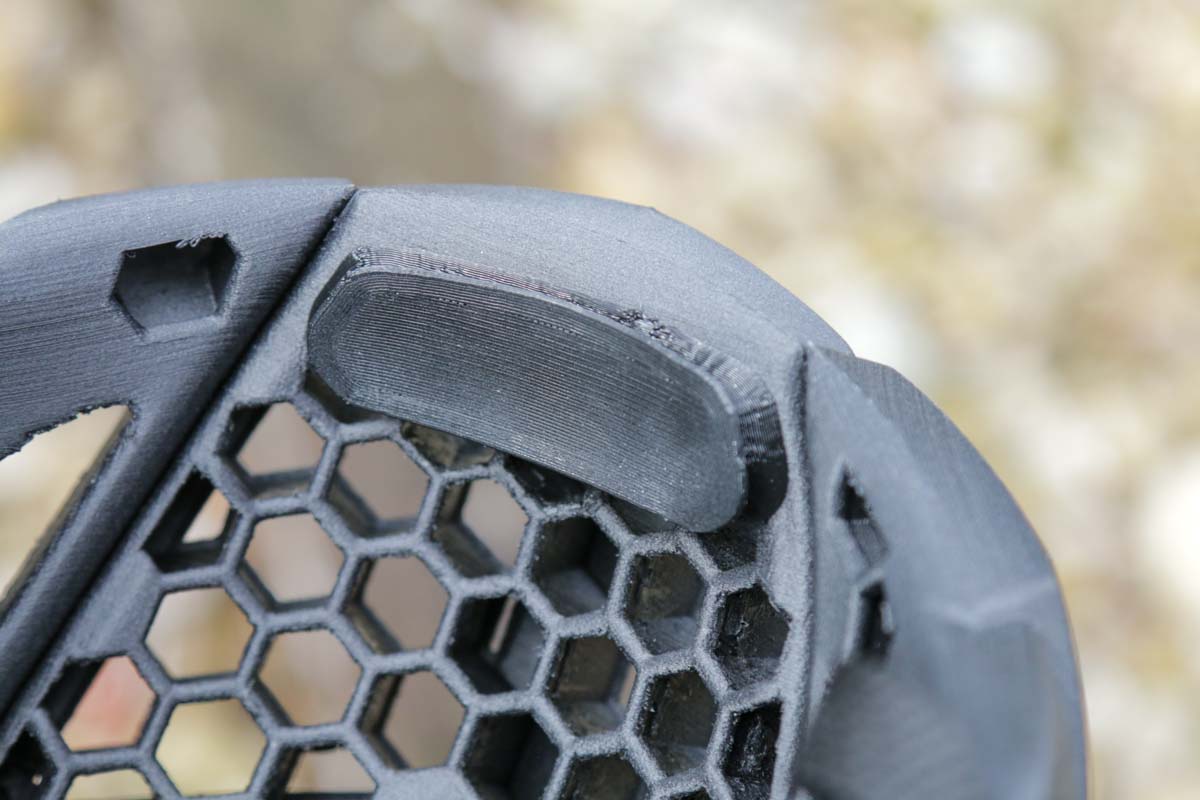
One of my biggest concerns with version 34 was the 3D-printed padding. The interesting accordion-like padding was 3D printed, but also pretty rough. For bald people like myself, it was simply uncomfortable. On version 65, KAV has a completely new padding system which is ‘spring-loaded’ like the last version.
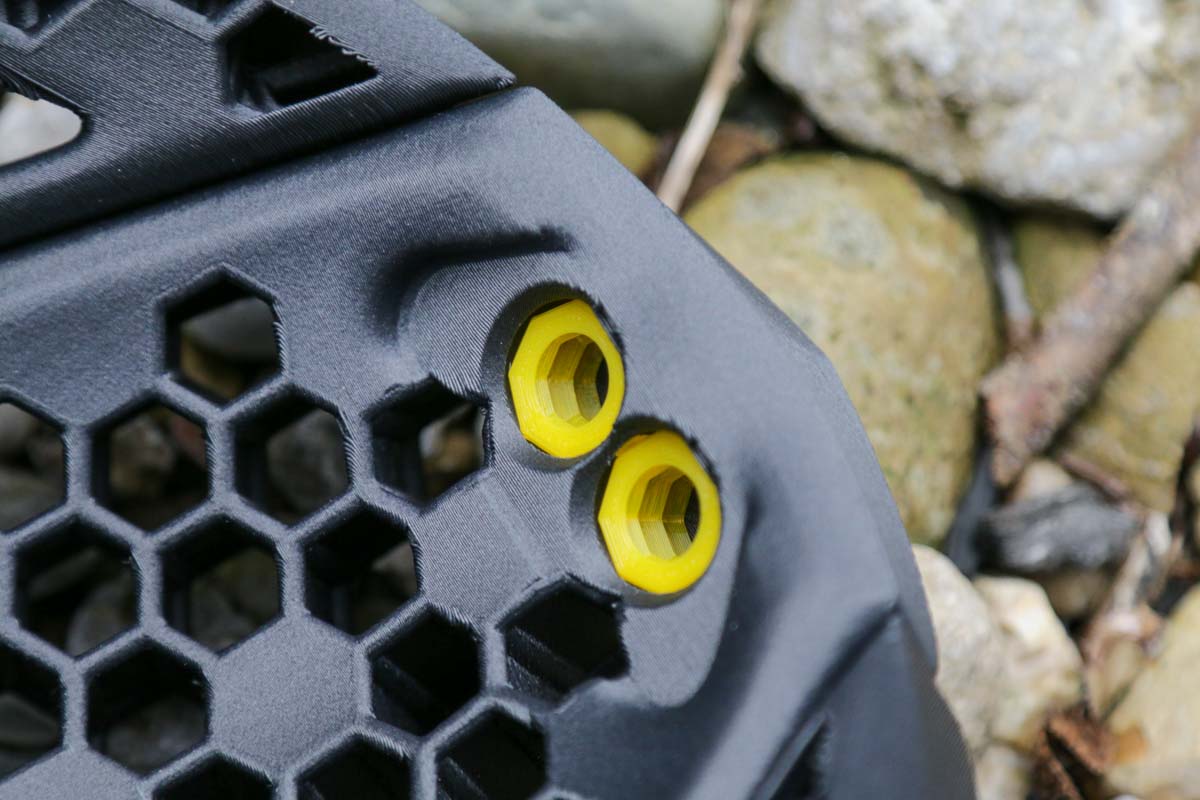
Only this time, the springs are embedded in the helmet itself, rather than a part of the pad. These springs are also 3D printed and can be changed out to adjust the fit. In total, there are seven large spring-loaded pads arranged around the helmet.
Most importantly, the pads are still 3D printed too, but now have a soft foam surface which is much more comfortable on bare skin. They’re also made from a material that won’t absorb sweat, so KAV says you won’t get that cold, wet feeling if you take off your helmet for a bit and then put it back on.
The spring-loaded padding allows for some room for your fit to expand or contract based on cutting your hair, wearing a thin hat, etc. It’s still more limited than say a retention system, but it allows for a custom fit helmet with a bit of breathing room. I wouldn’t be able to wear this helmet with a winter cap underneath–a thin summer weight cap is about all that I could fit comfortably. Something to consider before purchasing. It is a bit bizarre to put on a helmet and feel like it’s properly fit without having to adjust anything.
Other Improvements
Compared to version 34, version 65 has other improvements like better straps with 3D printed ear cradles and a Fidlock magnetic buckle. There have also been reinforcements added around the rear vents to prevent rocks from working their way in during a crash on gravel.
Actual Weight
All the changes to version 65 did increase the weight a bit, with my sample weighing in at 382g. I’m typically a size medium helmet, which puts the weight of the Portola on the heavier side of road bike helmets. Though you do have to consider that the Portola is probably more durable than a super-light EPS helmet.
Pricing & Availability
Priced at $390, it’s also on the expensive side for road bike helmets, though it does include a 5-year warranty and free crash replacement program. Based on the price, weight, and sizing limitations, at this point, it seems like the Portola is best for riders who struggle to find a comfortable fit out of stock helmets, and probably those who don’t ride in the cold. But based on the rapid improvement in just 6 months from v.34 to v.65, it’s clear that KAV can quickly react to consumer feedback and will likely have an even better helmet in the near future.
